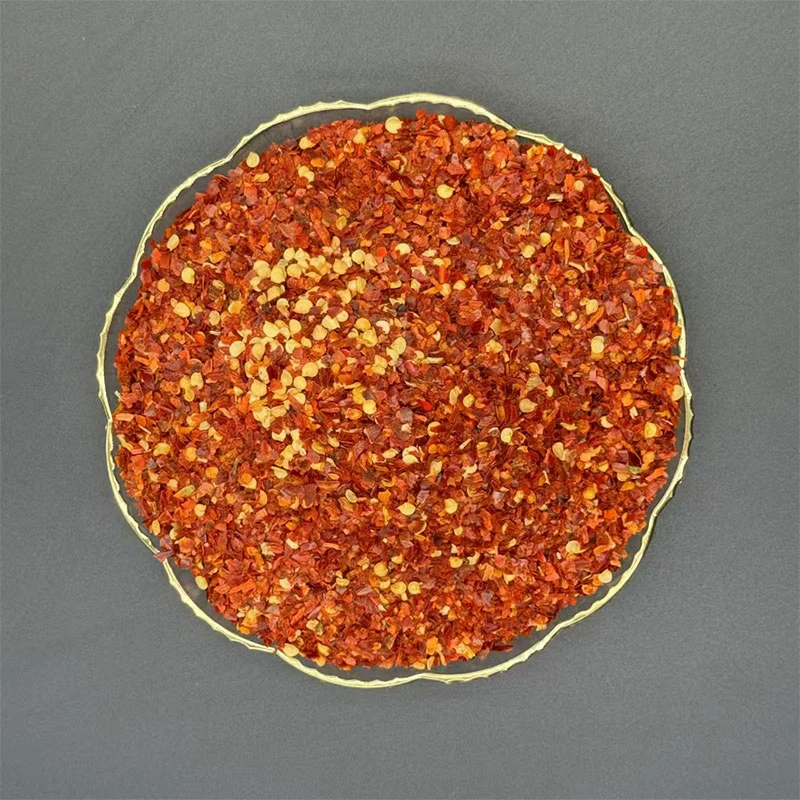- No. 268 Xianghe Street, Economic Development Zone of Xingtai city, Hebei 054001 China
- Byron@hbhongri.cn
Delicious and Simple Recipes Using Homemade Paprika for Flavorful Dishes
The Art of Homemade Paprika A Flavorful Journey
Paprika is more than just a vibrant seasoning that sprinkles color onto our plates; it is a culinary staple that embodies the spirit of warmth and passion found in many cultures. While the store-bought varieties are often convenient, nothing compares to the rich, robust flavor and the personal touch of homemade paprika. In this article, we will explore the process of making paprika at home, its historical significance, culinary uses, and tips to elevate your cooking with this delightful spice.
The History of Paprika
Originating in Central America, paprika has a rich history intertwined with global culinary traditions. The Spanish and Hungarian cultures have particularly embraced paprika, with each country cultivating distinct varieties that reflect their local terroir and agricultural practices. Spanish paprika, known as pimentón, is often smoked and has a distinctly rich flavor, while Hungarian paprika offers a spectrum of taste from sweet to hot. Both types are essential in their cuisines – from traditional Hungarian goulash to Spanish chorizo. By making your own paprika, you can explore these flavors and even create your unique blend.
Growing and Harvesting Peppers
The journey to homemade paprika begins with selecting the right type of peppers. Common choices include sweet bell peppers, cayenne peppers, and Hungarian wax peppers. If you have a garden, consider growing your own peppers; they thrive in a warm climate and require sunny conditions. Opt for varieties that have high flavor profiles, as these will enhance your paprika's taste.
Once the peppers are fully ripe, it’s time to harvest them. A good rule of thumb is to harvest when the peppers are deep in color and firm to the touch. If you’re using bell peppers, red varieties will yield the sweetest flavor profile.
Drying Process
After harvesting, the next step is to dry the peppers. There are several methods to achieve this, and your choice may depend on the equipment you have at home. The most popular methods include air drying, using a food dehydrator, or oven drying.
Air Drying If you live in a warm, dry climate, tie the stems of the peppers together using twine and hang them in a dark, airy place. This method will take several weeks but retains a rich flavor.
homemade paprika

Food Dehydrator This is an efficient method, requiring only a few hours. Set the dehydrator to the recommended temperature for drying peppers, usually around 125°F (52°C).
Oven Drying Preheat your oven to its lowest setting (usually around 170°F or 77°C). Place the peppers on a baking sheet and keep the door slightly ajar to allow moisture to escape. This method typically takes 4-8 hours, so it’s essential to check periodically to avoid burning.
Grinding Your Paprika
Once your peppers are fully dried, it’s time to transform them into powder. Using a spice grinder or a mortar and pestle, grind the dried peppers until you achieve the desired consistency. For a coarser texture, stop grinding earlier; for a fine powder, let the grinder work its magic.
It’s advisable to wear a mask or take breaks to avoid inhaling the dust, especially if you’re working with hotter varieties. This is particularly relevant with cayenne peppers or any other hot varieties, as the dust can irritate your nose and throat.
Storing and Using Homemade Paprika
Store your homemade paprika in an airtight container away from light and heat to preserve its flavor. Properly stored, it can last for up to a year, although the best flavor will be within the first six months.
Now that you have your homemade paprika, let your creativity shine in the kitchen! Use it to season roasted vegetables, enhance stews, or as a spice rub for meats. It can also brighten up deviled eggs, potato salads, and even popcorn. The possibilities are endless!
Conclusion
Homemade paprika not only enriches your culinary creations but also connects you with an ancient tradition that celebrates food and flavor. By growing, drying, and grinding your peppers, you gain control over the quality and taste of the spices in your pantry, allowing you to share the love of cooking with family and friends. So, roll up your sleeves and embark on the flavorful journey of making homemade paprika – your taste buds will thank you!
-
Turmeric Rhizome Powder: A Golden Treasure from Roots to TableNewsJul.28,2025
-
The Versatile Application Of Crushed Red Hot Peppers: Lighting Up The Red Flames On The Dining TableNewsJul.28,2025
-
The Paprika: A Touch Of Vibrant Red In Color, Flavor, And CultureNewsJul.28,2025
-
Ground Turmeric: A Modern Examination of an Ancient SpiceNewsJul.28,2025
-
Capsicum Liquid Extract: Features, Applications, and ChallengesNewsJul.28,2025
-
Application of Capsicum Liquid Extract in FoodNewsJul.28,2025







